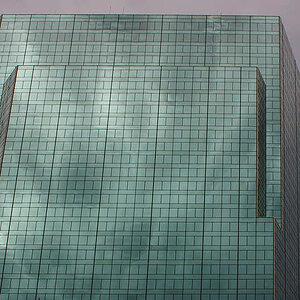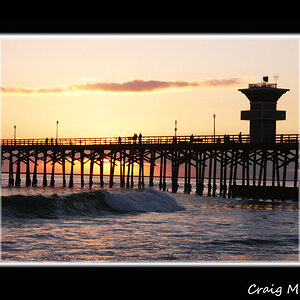Light Guru
Been spending a lot of time on here!
- Joined
- Apr 27, 2011
- Messages
- 3,403
- Reaction score
- 679
- Location
- Salt Lake City, UT
- Can others edit my Photos
- Photos NOT OK to edit
What about in the future they will be able to put medium format sensors in smaller cameras, like the lieca m9 now, or sony rx1 (its 35mm but anyway), those are much smaller then a DSLR even...maybe we shall see medium format in smaller bodies? - then it might be mainstream!
If you put a medium format sensor in a smaller body its still a medium format camera.
Optically it just does not work that way. The image circle that lenses that are used on a full frame DSLR produce would not cover the larger sensor. So you would just end up with a large vignette on every single image.
The lenses on medium format cameras are designed for that size sensor.


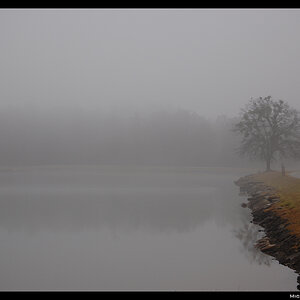
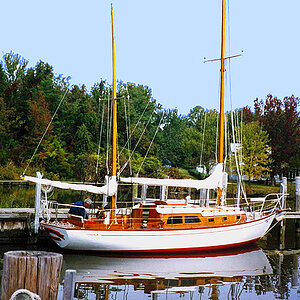
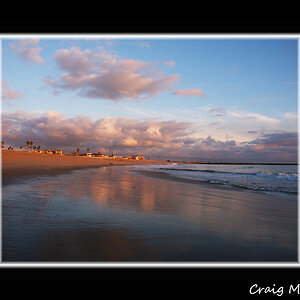

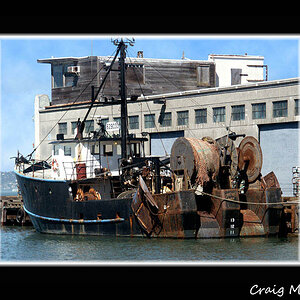
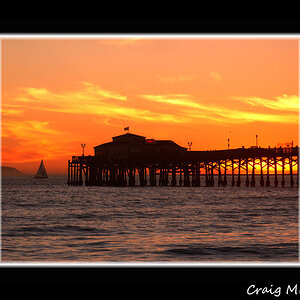
![[No title]](/data/xfmg/thumbnail/41/41423-156eb6e5a056cd1cbcf60e12a03f9d56.jpg?1619739809)
